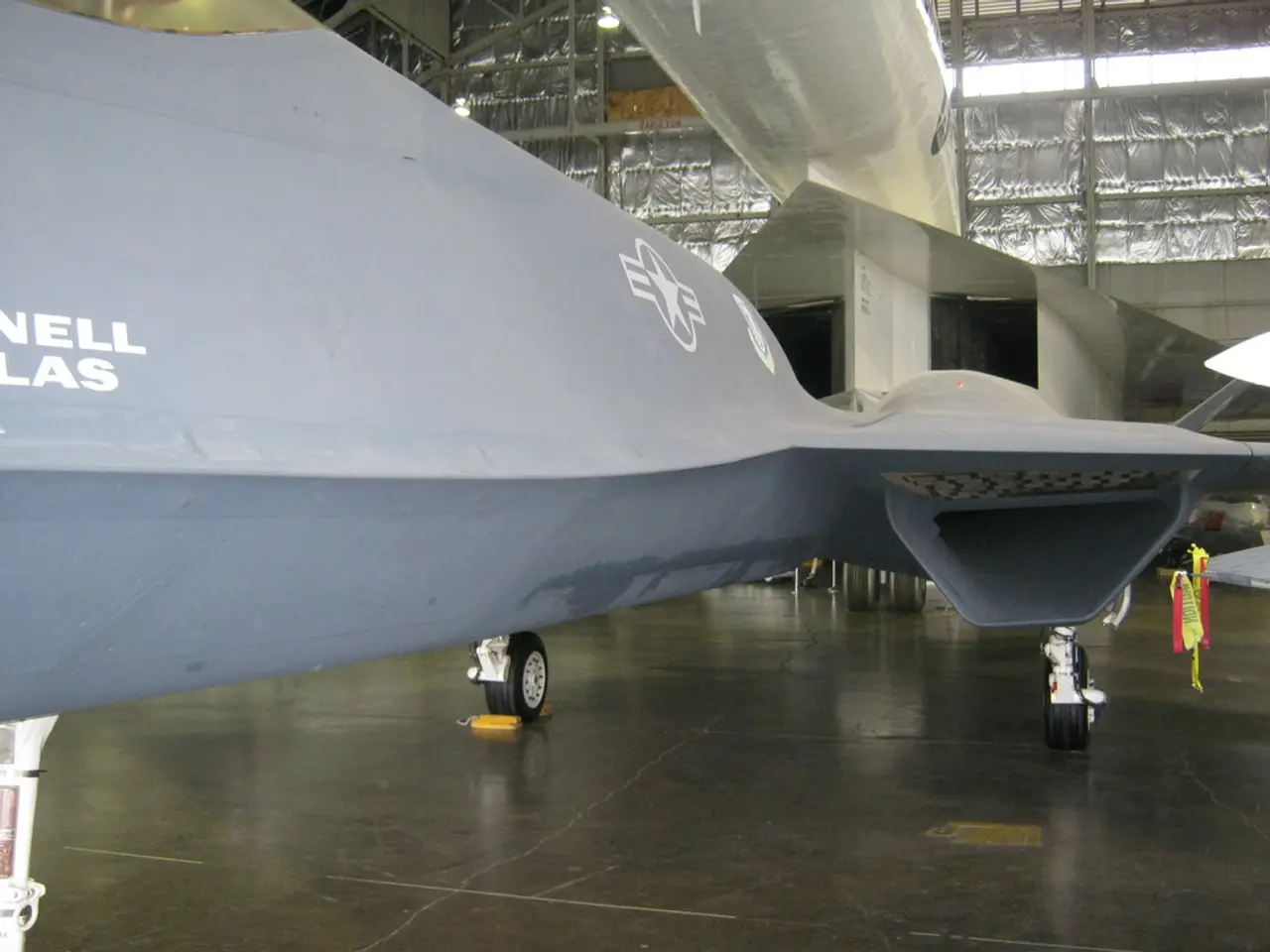The extraordinary tale of the MiG-21, previously brightening the skies
The MiG-21: A Six-Decade-Long Chapter in Indian Air Force History
The MiG-21, a Soviet-designed supersonic fighter jet, has had a six-decade-long history with the Indian Air Force (IAF), serving as a backbone of the IAF’s combat capability from its induction in 1963-64 until its retirement in 2025[1][2][3].
History and Induction
The MiG-21 was developed by the Mikoyan-Gurevich Design Bureau and first flew in 1955. India inducted the MiG-21 F-13 variant in 1963, with the first squadron (No. 28 Squadron) raised at Chandigarh in 1963 under Wing Commander Dilbagh Singh[2][3]. Hindustan Aeronautics Limited (HAL) produced 657 MiG-21s under license, making India the largest global operator and the MiG-21 one of the most produced fighter jets in history, with over 11,000 units built worldwide[2].
Operational Impact and Combat Legacy
The MiG-21 was pivotal in modernizing the IAF, replacing older jets like the Vampire and Gnat and bringing supersonic air power to India. It played significant roles in multiple conflicts:
- The limited role in the 1965 Indo-Pak War was due to insufficient numbers initially inducted.
- In the 1971 Indo-Pak War, the MiG-21 played a significant role in securing air superiority, especially notable were attacks on Pakistani positions in East Pakistan (now Bangladesh), including the bombing of the Governor’s House in Dhaka, hastening war's conclusion[1][5].
- The MiG-21 also demonstrated impressive dogfighting capability, as pilots recall evading multiple enemy jets including US-supplied F-86 Sabres[4].
- The MiG-21 was used effectively in high-altitude combat during the Kargil Conflict (1999), despite some losses.
- Wing Commander Abhinandan Varthaman famously downed a Pakistani F-16 while flying a MiG-21 Bison during the Balakot Air Strikes (2019), highlighting the aircraft’s enduring combat relevance[1].
Legacy and Controversies
The MiG-21 earned the nickname “Flying Coffin” due to a high accident rate, with over 400 crashes causing numerous pilot fatalities since the 1970s. However, its operational value remained unquestioned by the IAF[1][3]. It was more than just a weapon—many pilots considered it a trusted companion and a proving ground for generations[4].
Beyond combat, the MiG-21 initiated India’s indigenous capability in fighter production and laid groundwork for subsequent types like the Jaguar, MiG-29, and Mirage 2000[5].
Retirement
The MiG-21 was retired from service in 2025 after 62 years, marking the end of one of the most legendary chapters in Indian military aviation history. Its farewell was held at Chandigarh, where it had first been inducted[1][3].
In summary, the MiG-21 transformed Indian Air Force capabilities, serving as a supersonic frontliner through wars and modernization phases, while shaping India’s domestic fighter manufacturing base and creating a lasting combat legacy despite safety challenges. The MiG-21 aircraft was designed by Artem Ivanovich Mikoyan and Mikhail Isofovich Gurevich.
[1] The Indian Express
[2] Hindustan Aeronautics Limited
[3] Business Standard
[4] ThePrint
[5] The Diplomat
- The MiG-21, with over 11,000 units built worldwide, has been a catalyst for development in the aerospace industry and a subject of interest in the science community due to its extensive production and six-decade service.
- The news of the MiG-21's operational impact extends beyond military circles, as its role in securing air superiority, dogfighting, and high-altitude combat have made headlines in numerous finance and news publications.
- As a trusted companion for many pilots, the retired MiG-21 has cultivated passionate opinions among professionals in the defense and aviation sectors, debating its legacy and safety controversies long after its retirement from the Indian Air Force.








